Microsoft Power and Utilities News – May 2016 installment
 Welcome to our May 2016 installment of Microsoft Power & Utilities News.
Welcome to our May 2016 installment of Microsoft Power & Utilities News.
It’s been an exciting time here at Microsoft, as we recently returned from Hannover Messe 2016, which marked a breakthrough for Industry 4.0. At the event, we demonstrated the work we are doing around our Smart Energy Continuum. We talked about how energy management and energy efficiency are closely tied and represent one of the fastest growing areas in industry, second only to manufacturing operations. Energy management spans the continuum from smart buildings to smart factories to connected manufacturing operations to electric utilities and the efficient management of the electric power system.
The convergence of IoT, advanced analytics, and cloud computing is paving the way for a whole new ecosystem for energy management: The Smart Energy Continuum. New data acquisition and forecasting solutions for energy capacity, load forecasting, and flexible energy resources are providing unprecedented visibility and solutions for active participation of consumers in generation and consumption decisions.
Emerging advanced analytics and control solutions are also enabling the entry of new classes of participants in the Smart Energy Continuum, such as Smart Factories and Smart Buildings. At Hannover Messe, we showed a holistic view of our energy management strategy and energy management analytics solutions, showing how the Smart Energy Continuum spans across generation, to commercial and industrial, to consumer. We were surrounded in the booth with our Microsoft Consulting Services team, and key partners whose showcases extended our energy management/energy efficiency story.
We also shared some exciting stories of digital business transformation that we are driving with our customers including EnBW, JTC, and Otis Elevator Company/United Technologies Corp., as well as the work we are doing with energy partner ICONICS to help power their new IoT Gateway Suite. You can read more about these innovative stories and showcases in our newsletter below.
I also encourage you to take a look at my new blog that talks more about Microsoft’s Smart Energy Continuum approach. You can also visit our Hannover Messe press site and YouTube channel for all of the news, stories and highlights from the event.
In other exciting news, the Cortana Intelligence Suite has added a new on-premises template for forecasting energy demands to help utilities and energy companies allocate resources and make strategic decisions. The Energy Demand Forecasting Template with SQL Server R Services allows a simple deployment of a machine learning-based solution for energy demand forecasting within on-premises infrastructure. It takes advantage and extends the capability of SQL Server already in deployment. Read more in our blog here.
Sincerely,
Larry Cochrane, Director of Industry Technology Strategy
Microsoft Power & Utilities
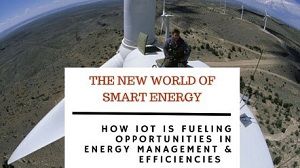 The new world of smart energy in today’s digital era
The new world of smart energy in today’s digital era
At this year’s Hannover Messe industrial fair, where an important theme was “integrated energy—the energy system of the future,” we shared a holistic view of our energy management strategy and energy management solutions across the smart energy continuum. With our partners like ICONICS, we demonstrated how our technologies like Microsoft Azure IoT services and the Cortana Analytics Suite are designed to take full advantage of IoT and make it quicker and easier to monitor existing assets to improve efficiencies, drive operational performance to enable innovation, and use advanced data analytics capabilities for intelligent action.
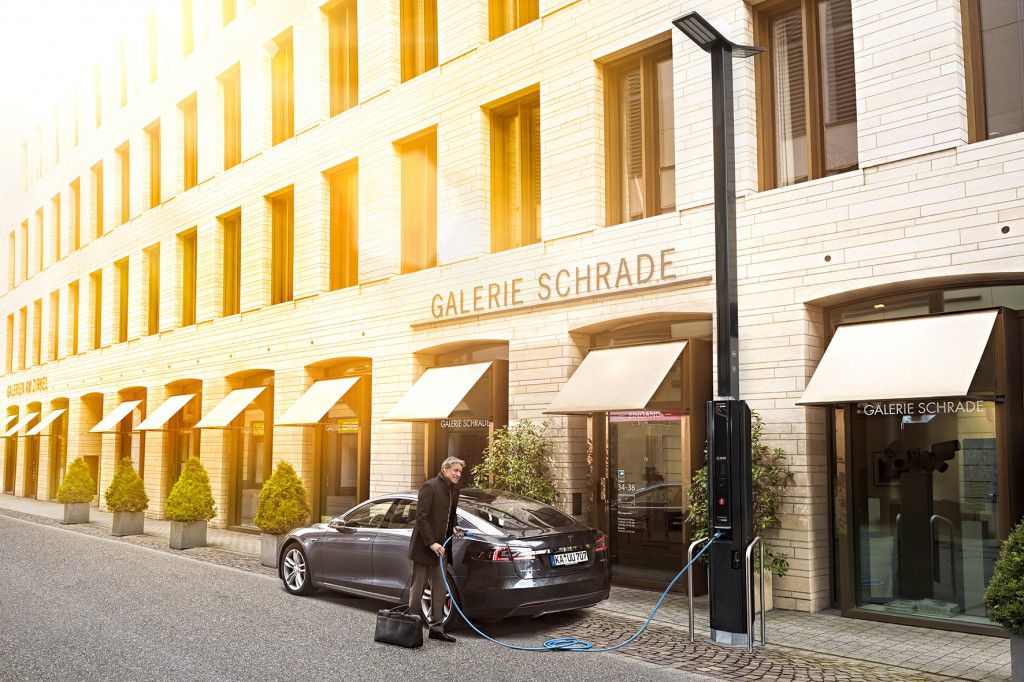 From airplane engines to street lights, transportation is becoming more intelligent
From airplane engines to street lights, transportation is becoming more intelligent
Traffic jams and pollution will begin to ease in some cities as they install new street lamps built by SM!GHT smart.city.light, a unit of German electric utilities company EnBW. SM!GHT uses Microsoft technology for an Azure cloud-based network of intelligent streetlights that not only provide electric-vehicle charging stations, Wi-Fi and SOS buttons, but can also sense pollution, noise, temperature, humidity and traffic congestion. All that data gets analyzed in real time using Azure Stream Analytics and Machine Learning and relayed to city planners or traffic control systems to help divert or slow down drivers, unsnarling the commute and improving neighborhoods’ air quality.
 All around us, smarter buildings provide energy-efficient, environmentally friendly workplaces
All around us, smarter buildings provide energy-efficient, environmentally friendly workplaces
We are in a new era of digital business, a transformation that includes smarter buildings that reduce energy costs and deliver greener cities, while also surrounding people in safety and comfort, helping them to be the most productive they can be. Smart buildings not only use the Internet of Things and cloud-based systems that give new visibility and insight into equipment and energy status, but are now beginning to leverage Azure machine learning to pre-emptively identify equipment that might fail. Buildings that were once constructed as system silos where air conditioning, elevators and lighting were planned and managed separately, with limited to no consideration of the impact of one on the other – are now being redesigned in a more holistic way. Microsoft customers like JTC are now using these new integrated solutions to gain improved building management insights that, for example, can result in tweaks to air conditioning systems leading to more efficient air flow and reduced cooling costs.
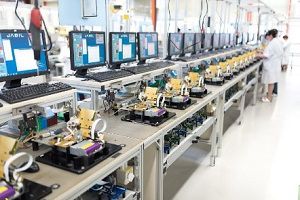 How manufacturers are creating the digital, intelligent and predictive factory
How manufacturers are creating the digital, intelligent and predictive factory
At Hannover Messe, Microsoft showcased how Jabil and other companies, including Fujitsu, NEC, Carl ZEISS and TRUMPF, are among those working with Microsoft to reshape the way they do business in the era of an intelligence revolution. These companies are using Microsoft technology including Azure, Azure Machine Learning, Azure IoT Suite, the Cortana Intelligence Suite, Power BI, SQL Server, Windows 10 and Office 365 to create digital factories, developing new ecosystems of intelligence that improves the way we work and live. With these solutions, and others, it’s clear the digital manufacturing transformation is underway, using machine learning and intelligence.
![]() ICONICS Introduces Its IoT Gateway Suite with Microsoft Azure at Hannover Messe 2016
ICONICS Introduces Its IoT Gateway Suite with Microsoft Azure at Hannover Messe 2016
ICONICS recently announced its new IoT Gateway Suite and enhanced integration with the next generation of Microsoft Azure cloud platform and services. The ICONICS IoT Gateway Suite communicates with Azure applications using the most popular transport protocols. Once the IoT Gateway is online, it connects to Microsoft Azure IoT Hub so that it can authenticate, transmit and receive data. Acting as a secure message broker, the Microsoft Azure IoT Hub allows for remote device management, provisioning and configuration. The real power of IoT gateways is in the implementation of low-cost hardware devices that can be placed in remote locations or just about anywhere there is information to be sent to Azure.
Otis Elevator Company and its parent company, United Technologies Corp., are exploring opportunities with Microsoft for a strategic alliance to accelerate development of digital solutions for smart building equipment, such as elevators, to improve energy efficiency and make people more productive. The alliance has potential to use Microsoft technology to extend the benefits of connectivity and remote monitoring.
Powering up the smart—and secure—utility with the cloud
We recently shared with you the significant enhancements Microsoft has made to our platform to help you address security threats and protect your business, including our new Microsoft Azure Active Directory Identity Protection service that gives you an unprecedented level of security for your cloud identities. And the response was overwhelming. We received a lot of interest on this topic, proving just how important security is to us all, and that importance only continues to grow in today’s connected and online world.
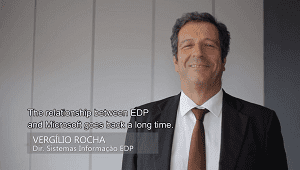 EDP: Leading digital transformation with Microsoft Office 365
EDP: Leading digital transformation with Microsoft Office 365
Energias de Portugal, S.A (EDP) ranks among Europe’s major operators in the energy sector, as well as being one of the largest energy operators of the Iberian Peninsula, the largest Portuguese industrial group, and the 3rd largest producer of wind energy. The company has a long history of innovation and takes great pride in its heritage that looks, above all, toward the future. That future is all about growth, innovation, and improved productivity. To help the company work further to that goal, EDP looked to long-term partner Microsoft to help them create a new way to work that would drive better collaboration and more efficient operations. And that new way of working is empowered by Office 365.

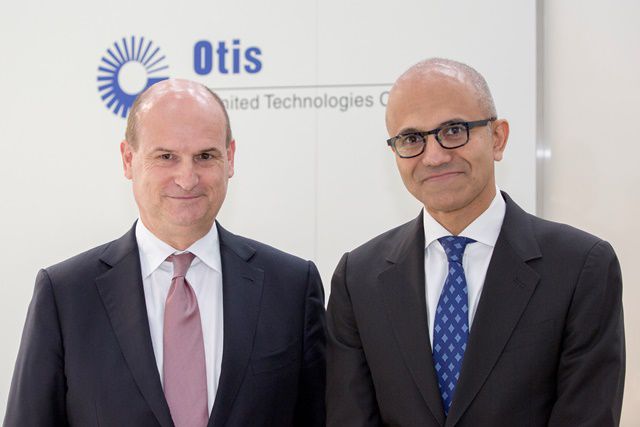 Otis Elevator and UTC Expand Relationship with Microsoft to Develop State-of-the-Art Digital Solutions
Otis Elevator and UTC Expand Relationship with Microsoft to Develop State-of-the-Art Digital Solutions



